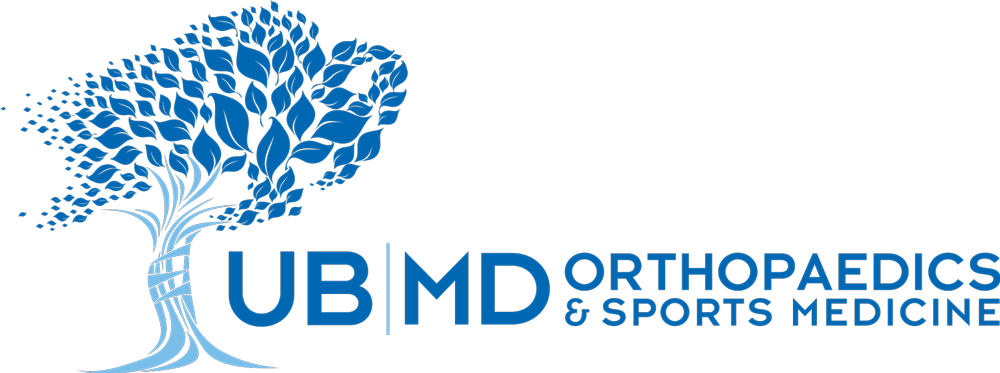Different surfaces absorb and send back forces in different ways. In the warm weather months, the opportunity to get outside and exercise is high. There are many different surface options to choose from, each of which can affect the intensity and effort put forth in a given exercise.
Running or walking exertion, in particular, can be affected by simple things such as how flat the surface is or if there are any obstacles. People often wonder which terrain is the best, the worst and how each one stacks up against the others. Runners World dove deeper into the pros and cons of each different surface, ranking them from best to worst.
Grass
- Positives: Running forces go into the grass and not back into the body, decreasing the risk of certain injuries. It is also very easy to find and the softest surface to run on. It increases the workload on muscles, as well, therefore increasing one’s strength.
- Negatives: It can be an uneven surface depending on where it is located (i.e., parks). Plantar fasciitis risk is increased on grass due to foot strike and it can be slippery when wet.
Trail
- Positives: Trails are easier on legs due to the increased bounce from the ground. They are also usually located in scenic areas providing a more enjoyable experience.
- Negatives: Trails can be muddy or slippery and often feature environmental hazards such as tree roots and holes. These things increase the risk for injuries to the ankle.
Track
- Positives: Tracks make it easier to measure a specific distance because each lap is a certain length. It is also an all-weather surface.
- Negatives: When turning on a track, it increases the tension on joints (inside leg: IT Band or outside of the leg which shortens the outside of the calf). Trying to complete a long run on a track can also become boring.
Treadmill
- Positives: The treadmill can help you keep a more consistent pace due to choosing a set speed. There are no external factors to worry about and it takes pressure away from the hips and back.
- Negatives: They are most often found at gyms and can be expensive. There are also no external factors involved, which means they can’t duplicate for race day.
Asphalt
- Positives: Fast, fast, fast! Asphalt is very easy to find (streets). It also decreases stress to the Achilles tendon.
- Negatives: There are various hazards on the roadways (i.e., potholes, cars). Asphalt can increase the stress to the joints and bones.
Concrete
- Positives: Concrete is very accessible (sidewalks). It is also usually pretty flat.
- Negatives: This is the hardest surface to run on – even harder than asphalt (10x harder).
Most parks around Western New York, whether a town or country park, offer several different types of these surfaces. Tracks at local high schools could also be easily accessible, but ensure they are open to the public first. Getting out and being active does not have to be dependent on a gym being open. Always make sure to stay safe and aware of your surroundings, especially when trying out a new location or if you’re alone.
For more information, please check out the Runner’s World article that we referenced. You can also get in touch with one of our strength and conditioning coaches at Impact Sports Performance for more outdoor or virtual workout ideas.
